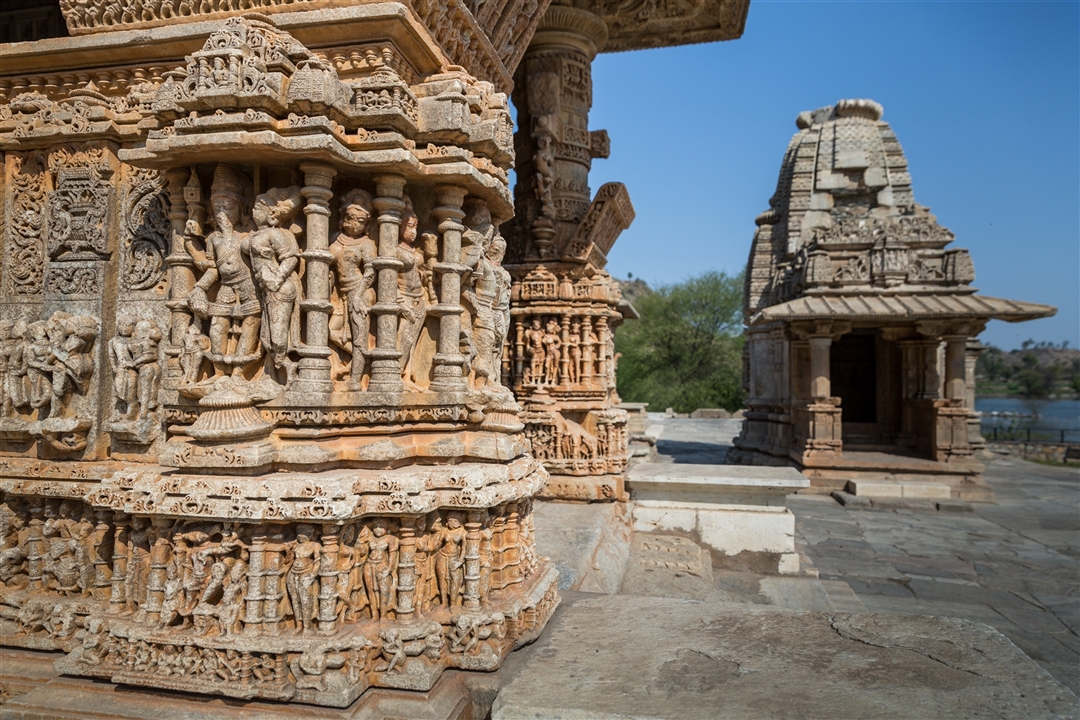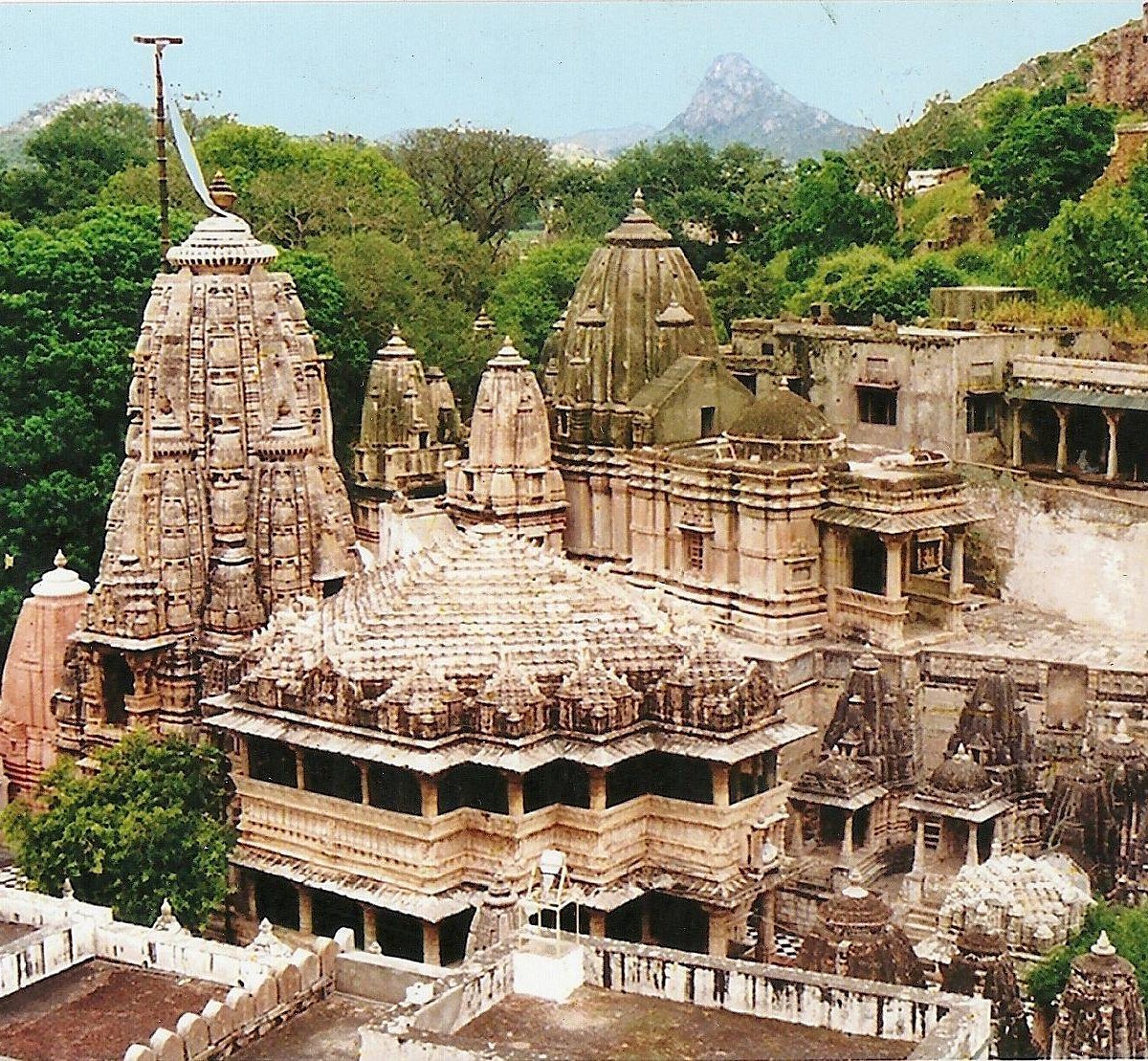Nagda, a small town nestled in the Indian state of Madhya Pradesh, holds a rich cultural and historical heritage. Amidst the ancient charm and architectural wonders, Nagda is home to some of the most captivating temples that stand as testaments to the region’s deep-rooted spirituality. In this article, we will take you on a journey to discover the best temples in Nagda and answer five frequently asked questions about these sacred sites.
Saas Bahu Temple:

Topping the list of Nagda’s best temples is the Saas Bahu Temple, a marvel of architecture and devotion. Built in the 10th century, this temple is dedicated to Lord Vishnu and is renowned for its intricate carvings and delicate sculptures. The name “Saas Bahu” translates to “Mother-in-law and Daughter-in-law,” symbolizing the dual temples dedicated to the respective goddesses. The harmonious blend of artistic brilliance and religious significance makes Saas Bahu Temple a must-visit site for history enthusiasts and spiritual seekers alike.
Eklingji Temple:

Dedicated to Lord Shiva, the Eklingji Temple is an ancient marvel that stands as a testimony to the town’s religious significance. Constructed in the 8th century, the temple boasts an imposing architecture with a towering shikhara (spire) and intricately carved pillars. Eklingji Temple is an essential pilgrimage site for Shiva devotees and offers a serene atmosphere for meditation and prayer. The temple complex also includes several smaller shrines dedicated to different deities, enhancing its religious and cultural importance.
Nagda’s Group of Temples:

Nagda is home to a cluster of ancient temples, collectively known as the Group of Temples. Dating back to the 6th century, these temples showcase a blend of architectural styles, including elements of Gupta and Pratihara styles. Dedicated to various Hindu deities, these temples are adorned with exquisite carvings and sculptures, reflecting the artistic prowess of the bygone era. Exploring the Group of Temples is like stepping back in time and witnessing the cultural tapestry that has shaped Nagda.
Charbhuja Temple:

Nagda’s spiritual charm extends beyond the town’s boundaries to the nearby Charbhuja Temple. Situated in the quaint village of Garhi, this temple is dedicated to Lord Vishnu in his Charbhuja form. The temple’s architecture is simple yet elegant, drawing devotees from far and wide seeking solace and blessings. The serene surroundings and the spiritual aura of Charbhuja Temple make it a noteworthy addition to Nagda’s religious landscape.
Frequently Asked Questions ?:
Q1: What is the historical significance of Nagda’s temples?
A1: Nagda’s temples hold immense historical significance, dating back to different periods ranging from the 6th to the 10th century. The temples reflect the architectural and artistic prowess of ancient India and serve as cultural repositories that narrate the town’s rich history.
Q2: Are these temples open to tourists of all faiths?
A2: Yes, Nagda’s temples are open to visitors of all faiths. While these temples hold profound religious importance for Hindus, they also welcome tourists and history enthusiasts who wish to explore the architectural beauty and cultural heritage of the region.
Q3: What is the best time to visit Nagda’s temples?
A3: The ideal time to visit Nagda’s temples is during the winter months, from October to March, when the weather is pleasant for exploration. Summers can be quite hot, making the winter season more comfortable for temple visits and sightseeing.
Q4: Are there any rituals or festivals celebrated at these temples?
A4: Yes, the temples in Nagda often host various rituals and festivals, attracting devotees and tourists alike. The festivals follow the Hindu calendar, and visitors can witness vibrant celebrations during auspicious occasions.
Q5: Is there an entrance fee for visiting these temples?
A5: While some temples may have a nominal entrance fee to support maintenance and conservation efforts, many are open to the public without any charge. It’s advisable to check the specific temple’s regulations before planning your visit.
